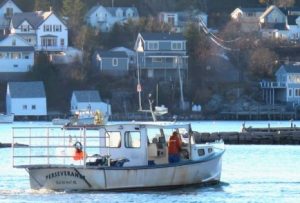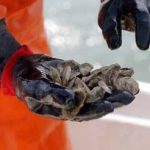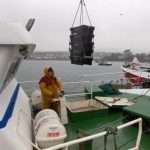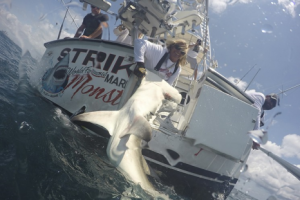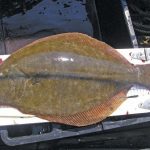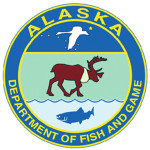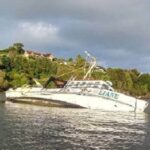Tag Archives: Columbia River Dams
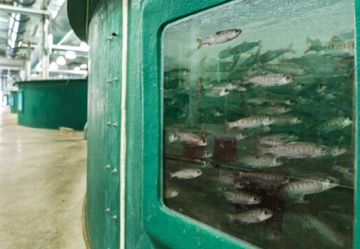
The U.S. Has Spent More Than $2 Billion on a Plan to Save Salmon – The Fish Are Vanishing Anyway.
The Carson National Fish Hatchery was among the first hatcheries funded by Congress over 80 years ago to be part of the salvation of salmon, facilities created specifically to replace the vast numbers of wild salmon killed by the building of dozens of hydroelectric dams along the Northwest’s mightiest river, the Columbia. Tucked beside a river in the woods about 60 miles northeast of Portland, Carson has 50 tanks and ponds surrounded by chain-link fencing. They sit among wood-frame fish nursery buildings and a half-dozen cottages built for hatchery workers in the 1930s. Today, there are hundreds of hatcheries in the Northwest run by federal, state and tribal governments, employing thousands and welcoming the community with visitor centers and gift shops. The fish they send to the Pacific Ocean have allowed restaurants and grocery seafood counters to offer “wild-caught” Chinook salmon even as the fish became endangered. photos, >click to read< 16:58
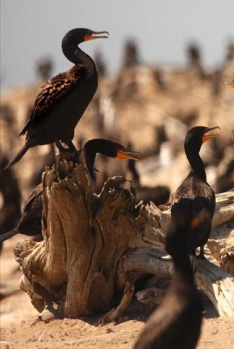
Saving salmon is a ruse for breaching our dams
In the early 1990s, our small group were researching environmental claims that the lower Snake River dams were devastating salmon runs. At that time, we learned about East Sand Island, a man-made island in the estuary of the Columbia River. This island was formed from dredging deposits in 1983. And by 1984 Caspian terns, cormorants and gulls, which had colonized the island, were feasting on salmon smolts. We thought: “Wow, this is an easy fix. Tear out a man-made island and save millions of endangered fish.” The environmentalists beat us to the punch. They filed in federal court to protect the island and the birds under the Migratory Bird Treaty Act of 1918. Now we have the largest nesting colony of these non-endangered birds in the world on a man-made island. >click to read< 08:38
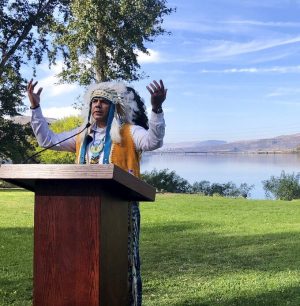
Pacific Northwest Tribes Want Columbia River Dams Razed
Two Pacific Northwest tribes on Monday demanded the removal of three major hydroelectric dams on the Columbia River to save migrating salmon and starving orcas and restore fishing sites that were guaranteed to the tribes in a treaty more than 150 years ago.,, Proposals to merely curtail operations, let alone remove the structures, are controversial, and the prospects of the Columbia dams being demolished any time soon appear nonexistent. But tribal leaders said at a news conference along the Columbia River that the Treaty of 1855, in which 14 tribes and bands ceded 11.5 million acres to the United States, was based on the inaccurate belief that the United States had a right to take the land. >click to read< 10:18




































